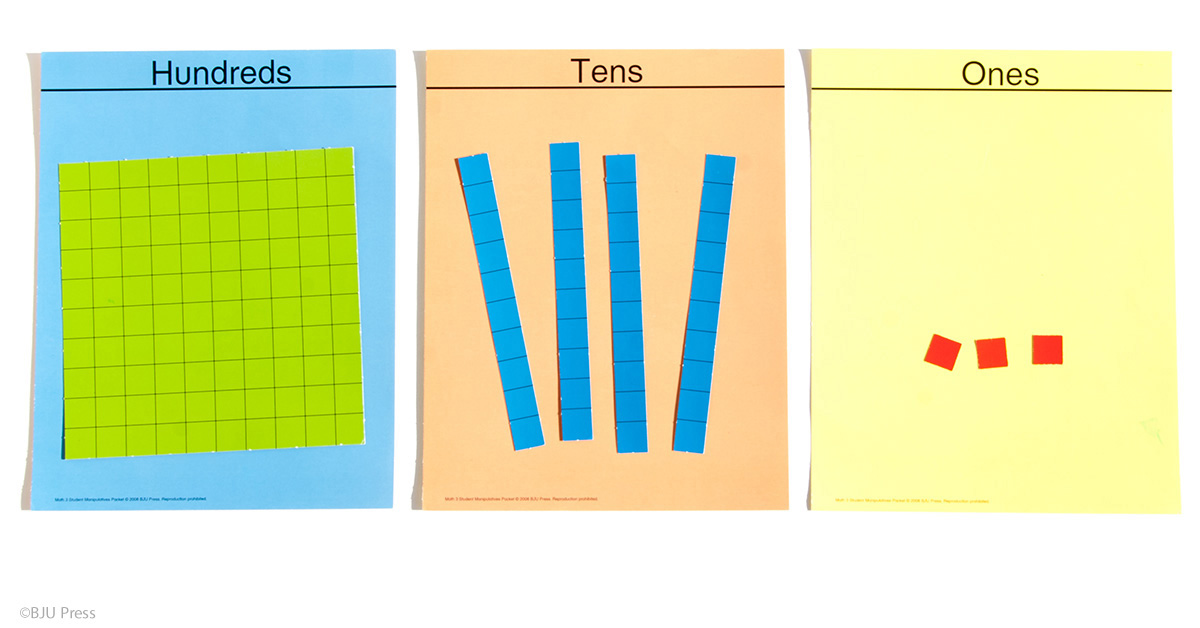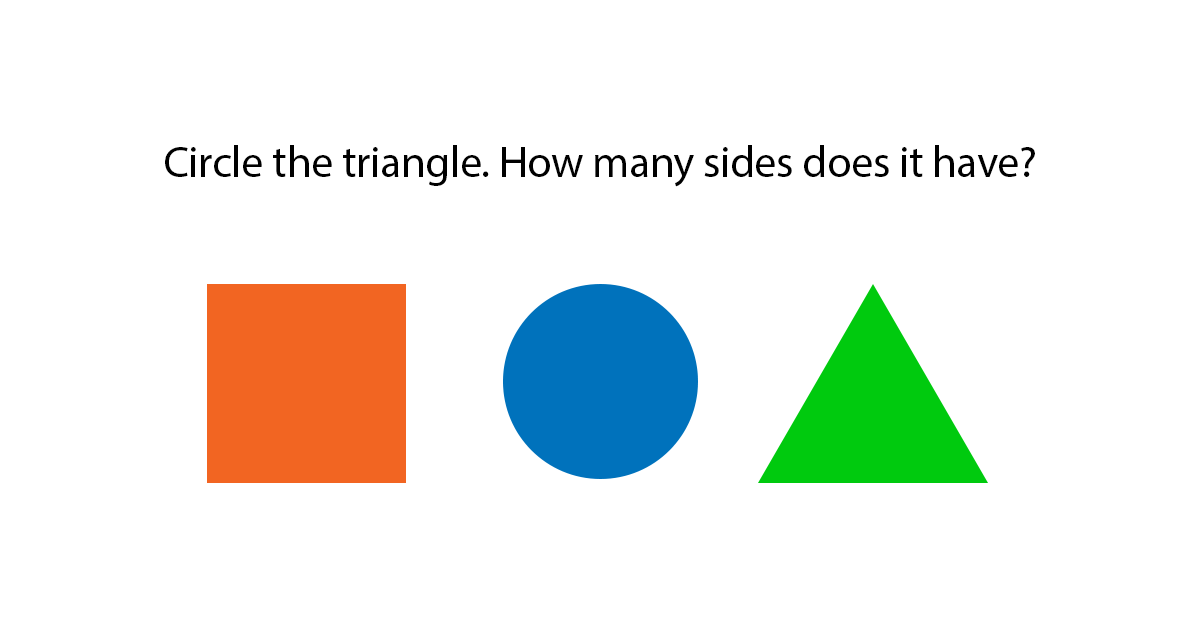Memorizing math facts may come easy to many people, but some (myself included) have a harder time visualizing a numerical problem and solving it mentally. It’s not that we can’t do it but rather that numbers have little value when they’re separated from a real-life situation.
It’s the application of math that helps us understand the importance of knowing how to solve an equation. But sometimes learning best takes place when there’s an example of how someone else has used math in daily life whether that’s through household chores or an occupation. This type of example does two things. It shows how math can be used, and it also gives motivation to use it.
BJU Press elementary math introduces themes in every grade to help kids understand math and see how it applies to our everyday lives. Each grade has a unique theme that makes math more enjoyable but also relatable. Lower-elementary kids are introduced to special characters. Rhymes, songs, and stories about these characters are included in different lessons throughout the entire course.

In Math K5, Cheddar the mouse lives on Kindergarten Lane in Mathville. He uses math to help Farmer Brown keep an eye on what’s happening on the farm. In one lesson, your child works with Mrs. Brown to count the number of cabbages in the garden row. Another day on the farm, shapes are found on Farmer Brown’s outfit (like buttons that are circles).

Once students reach the upper-elementary grades, themes provide your child motivation for using math. For example, Math 6 includes a search-and-rescue theme with read-aloud stories about search-and-rescue events for each chapter. Chapter 7 opens with the true account of Balto and other dogs that delivered a special serum to people who were sick in Nome, Alaska. The concepts learned in this chapter are multiplying fractions and decimals—an important skill for measuring out medicine just like Dr. Curtis Welch did when he treated the people of Nome.
See more examples of these themes in BJU Press math curriculum.




